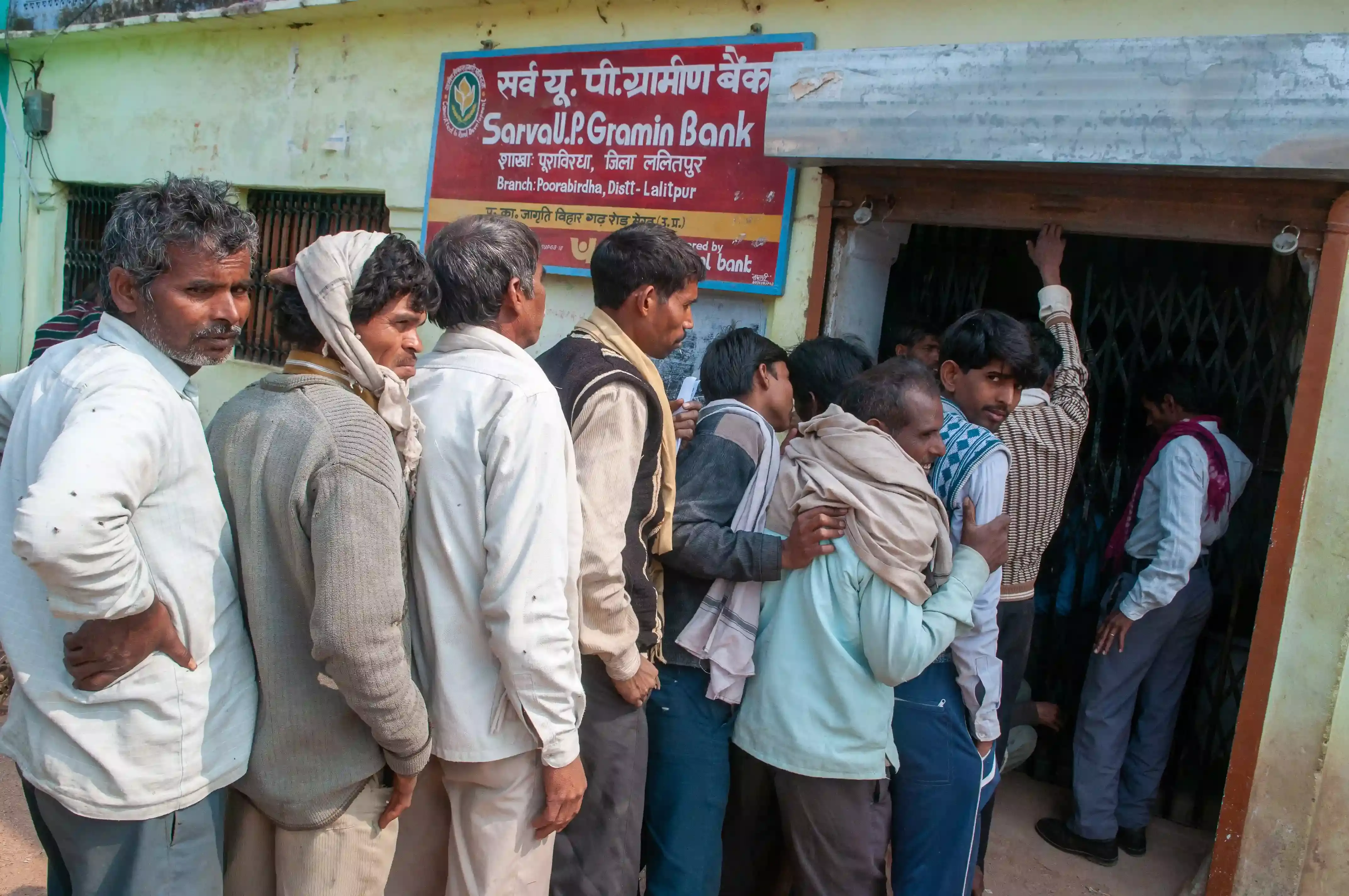UP's Debt Increases by 40% over 5 years, But It's GSDP increases too
Chidambaram cautioned people about Yogi’s governance causing an increase in debt; but the state's increase in GDP was not mentioned

For the ongoing elections in Uttar Pradesh (UP), Congress Leader Palaniappan Chidambaram addressed the people, asking them to vote thoughtfully because under the Yogi Adityanath-led BJP government, the state's debt had increased by 40 percent, according to a tweet by the Press Trust of India.
"Congress leader P Chidambaram asks people to think about what they are voting for, claims Yogi Adityanath model of governance has made UP poorer and has added 40 per cent to state's debt", the tweet read.
Congress leader P Chidambaram asks people to think about what they are voting for, claims Yogi Adityanath model of governance has made UP poorer and has added 40 per cent to state's debt
— Press Trust of India (@PTI_News) February 27, 2022
FactChecker referred to State Finances report by the the Reserve Bank of India (RBI) and found that while Chidambaram's claim is correct, the debt-to-GSDP (gross state domestic product) ratio, which is also a key indicator of the state's debt, has not increased but, in fact, is lower than what it was before Yogi came into power.
UP's Debt Increased by 38% in 5 years
In State Finances: A Study of Budgets of 2021-22, FactChecker referred to the Total Outstanding Liabilities of State Governments and found that the outstanding liabilities of U.P. were Rs. 4,73,348.2 crores (4.73 lakh crores) as of March 31, 2017. The 2022 budget estimates (BE) of the state show that this amount has increased by 38% to Rs. 6,53,307.5 crores for March 31, 2022. Thus, Chidambaram's claim checks out.
"If a state is experiencing economic growth, it's possibile that there are social priorities which need funding. This is why we see the debt levels go up," Suranjali Tandon, Assistant Professor, at the National Institute of Public Finance and Policy, told FactChecker.
But, while the absolute value of debt has gone up by around 38%, the proportion of the debt with respect to the state's GSDP - also known as the debt-to-GSDP ratio - has decreased from 36.7% on March 31, 2017 to 34.2% (BE) for March 31, 2022. This means that in the same period the state's GSDP has also increased from Rs. 10.11 lakh crore to Rs. 19.10 lakh crore (BE).
Which metric is more significant: the total debt or the debt-to-GSDP ratio? FactChecker also spoke to Dharmakirti Joshi, Chief Economist at CRISIL, who said that the debt-to-GSDP ratio is much more significant and should be focused on.
The debt-to-GSDP ratio is more significant, according to Joshi, because "you always look at debt with respect to the income. GSDP is the state's income and the outstanding liabilities are looked at with respect to the state's debt."
As the proportion of debt to GSDP has decreased since 2017, Tandon told FactChecker that "while absolute levels of debt increase over time fiscal prudence can ensure that it does not increase in proportion to GSDP. Thus, we shouldn't just be worrying about the increase in the absolute value of debt," she said.
A Deeper Dive Into UP's Outstanding Liabilities
From 2005 to 2014, the absolute value of UP's debt was increasing at an average rate of Rs. 14,441 crores. But from 2015 to 2022, the absolute debt was increasing at an average rate of Rs. 48,382.85 crores - which is over 3 times the rate of increase between 2005-2014.
On further analysis of the total outstanding liabilities of the years, FactChecker found that this rise in the rate of increase can be attributed to the increase in the amount of State Development Loans (SDLs) which increased from Rs. 89155 crore in 2014 to Rs. 291184 in 2022 - over a threefold increase.
"State development loans comprise of the debt issued by states to meet their borrowing requirement to fund the fiscal deficit. It means that the state is borrowing more," Tandon told FactChecker.
UP's gross fiscal deficit has grown from Rs. 32513 crore to Rs. 53196 crore (BE) in 2021.
Other contributing factors to such an increase in outstanding liabilities are loans taken by the state of UP from NABARD, Banks, Financial Institutions (FIs), and other institutions.
"The interest rates for these liabilities [or loans] are also important. If the interest rates are higher, then that is concerning too," Tandon mentioned.
Debt-to-GSDP ratio lower during Yogi's governance
Between 2005-2022, the debt-to-GSDP ratio was lowest in 2014 at 28.3% and in 2013 at 29.7%, and was highest in 2006 at 52.5% and in 2005 at 52.2%.
When Yogi Adityanath came into power, the debt-to-GSDP ratio was 36.6% in 2018, 35.8% in 2019, 32.6% in 2020, 35.2% in 2021, and is estimated to be, as mentioned above, at 34.2% in 2022. Between 2005-2017, the average debt-to-GSDP ratio was 39.68%, whereas while Yogi was in power, the average was almost 5% lower at 34.88%.


